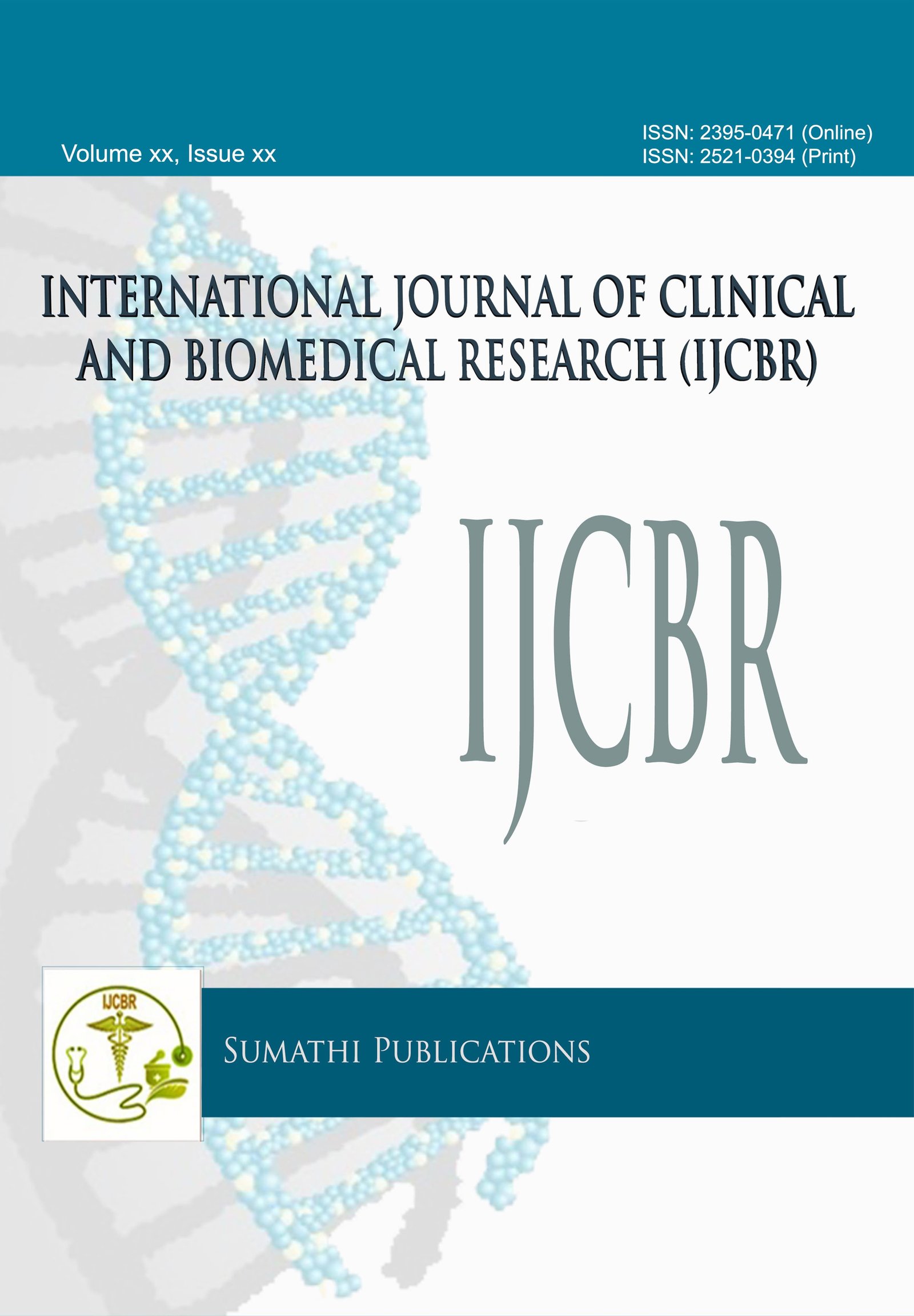
Submissions
Submission Preparation Checklist
As part of the submission process, authors are required to check off their submission's compliance with all of the following items, and submissions may be returned to authors that do not adhere to these guidelines.- The submission has not been previously published, nor is it before another journal for consideration (or an explanation has been provided in Comments to the Editor).
- The submission file is in OpenOffice, Microsoft Word, RTF, or WordPerfect document file format.
- Where available, URLs for the references have been provided.
- The text is single-spaced; uses a 12-point font; employs italics, rather than underlining (except with URL addresses); and all illustrations, figures, and tables are placed within the text at the appropriate points, rather than at the end.
- The text adheres to the stylistic and bibliographic requirements outlined in the Author Guidelines, which is found in About the Journal.
- If submitting to a peer-reviewed section of the journal, the instructions in Ensuring a Blind Review have been followed.
Copyright Notice
The journal allows the author(s) to hold the copyright without restrictions and will retain publishing rights without restrictions.
The submitted papers are assumed to contain no proprietary material unprotected by patent or patent application; responsibility for technical content and for protection of proprietary material rests solely with the author(s) and their organizations and is not the responsibility of the journal. The main (first/corresponding) author is responsible for ensuring that the article has been seen and approved by all the other authors. It is the responsibility of the author to obtain all necessary copyright release permissions for the use of any copyrighted materials in the manuscript prior to the submission.
What are my rights as an author?
It is important to check the policy for the journal to which you are submitting or publishing to establish your rights as
Author. Journal's standard policies allow the following re-use rights:
- The journal allows the author(s) to hold the copyright without restrictions.
- The journal allows the author(s) to obtain publishing rights without restrictions.
- You may do whatever you wish with the version of the article you submitted to the journal.
- Once the article has been accepted for publication, you may post the accepted version of the article on your own personal website, your department's website or the repository of your institution without any restrictions.
- You may not post the accepted version of the article in any repository other than those listed above (i.e. you may not deposit in the repository of another institution or a subject-matter repository) until 12 months after publication of the article in the journal.
- You may use the published article for your own teaching needs or to supply on an individual basis to research colleagues, provided that such supply is not for commercial purposes.
Privacy Statement
The International Journal of Clinical and Biomedical Research is committed to protecting the privacy and security of your personal information. This privacy policy explains how we collect, use, and disclose information that identifies you as an individual (“personal information”) in connection with our website, sumathipublications.com. By accessing or using the website, you consent to our collection, use, and disclosure of your personal information as described in this policy.
Information We Collect
We collect the personal information you provide directly to us, such as your name, email address, and any other information you choose to provide through our contact form or newsletter subscription form. We also collect information automatically as you navigate the website, such as your IP address, browser type, and operating system.
Use of Information
We use the personal information we collect to provide and improve our services, respond to your inquiries, and communicate with you about our services and updates. We may also use your personal information to send you marketing communications about our services and promotions, but only if you have opted-in to receive such communications.
Disclosure of Information
We may share your personal information with our service providers, who assist us in operating the website and delivering our services. Additionally, if the law requires it or if we believe it is necessary to protect our rights or the rights of others, we may disclose your personal information.
Data Retention
We will retain your personal information only for as long as necessary to provide our services and as long as we have a legitimate business purpose to do so. We may also retain and use your information to comply with our legal obligations, resolve disputes, and enforce our agreements.
Security
We take reasonable measures to protect your personal information from unauthorized access, use, or disclosure. However, no transmission of data over the internet or electronic storage system is completely secure, and we cannot guarantee the security of your personal information.
Third-Party Links
Our website may contain links to third-party websites or services. We are not responsible for the privacy practices or content of these third-party sites. We encourage you to read the privacy policies of any third-party websites you visit.
Updates to Policy
We may update this privacy policy from time to time by posting a new version on our website. We will indicate the date of the last revision at the top of the page. We encourage you to review the privacy policy periodically to stay informed about our practices.
Contact Us
If you have any questions or concerns about our privacy policy or practices, please contact us.




